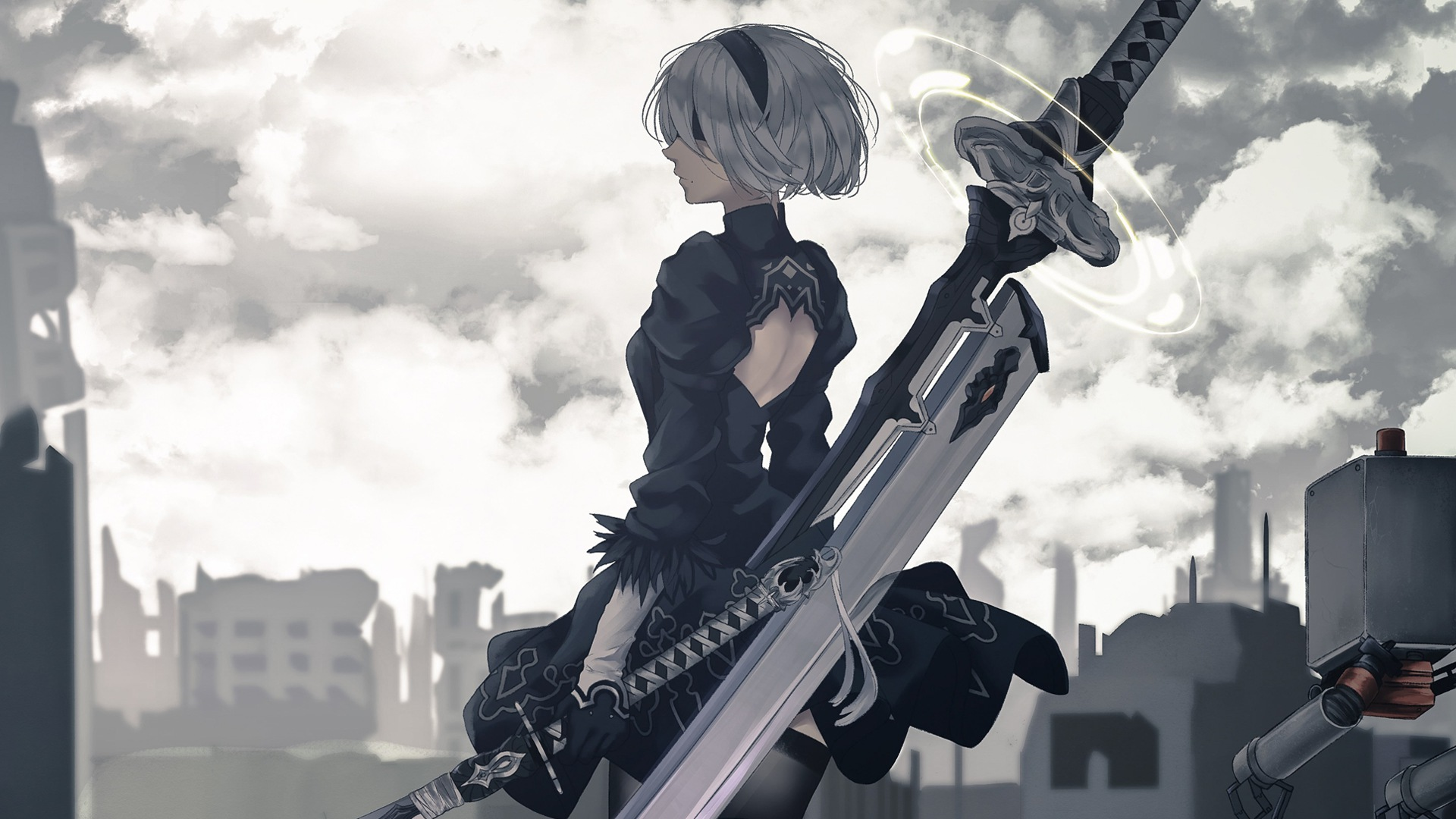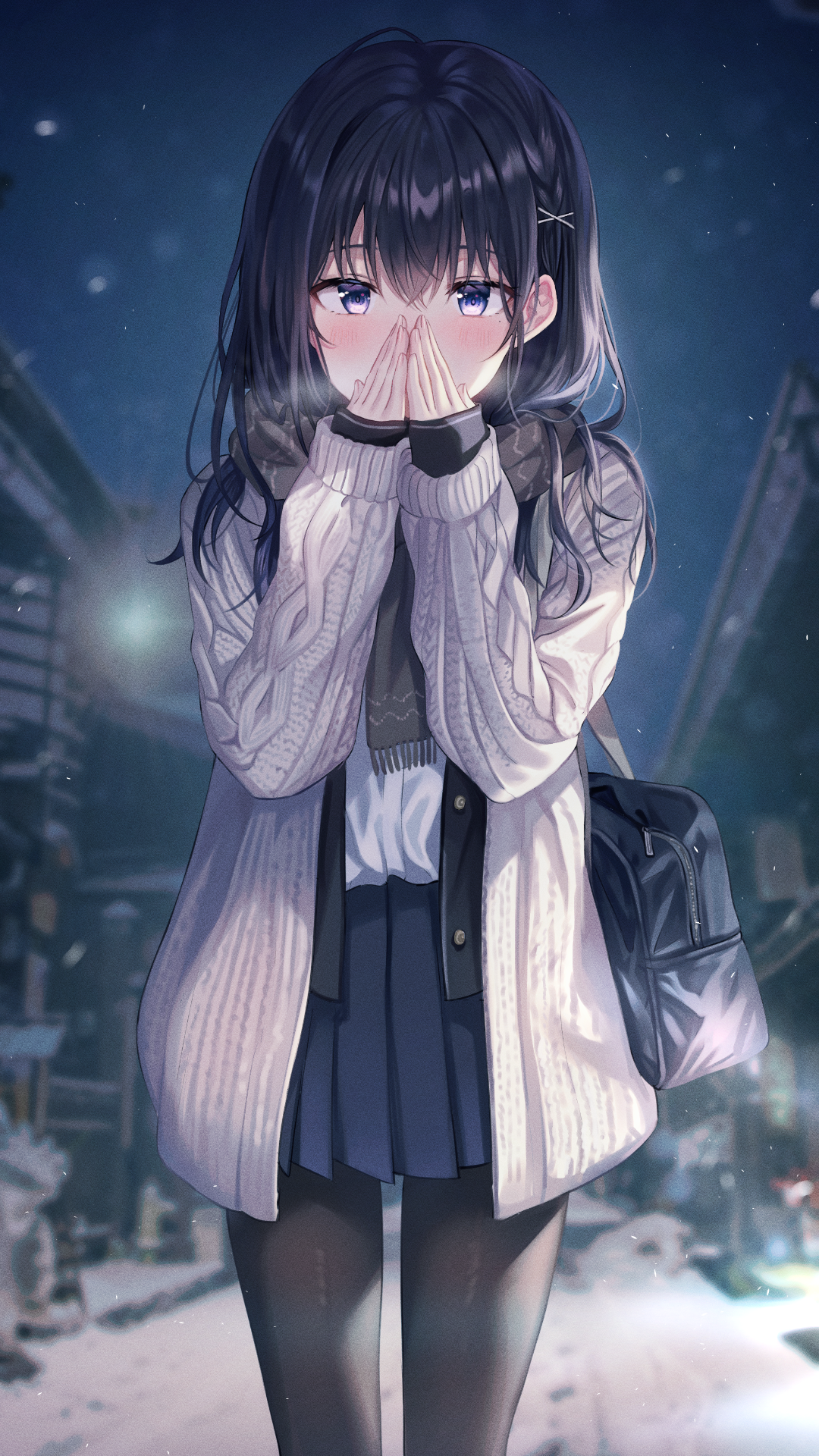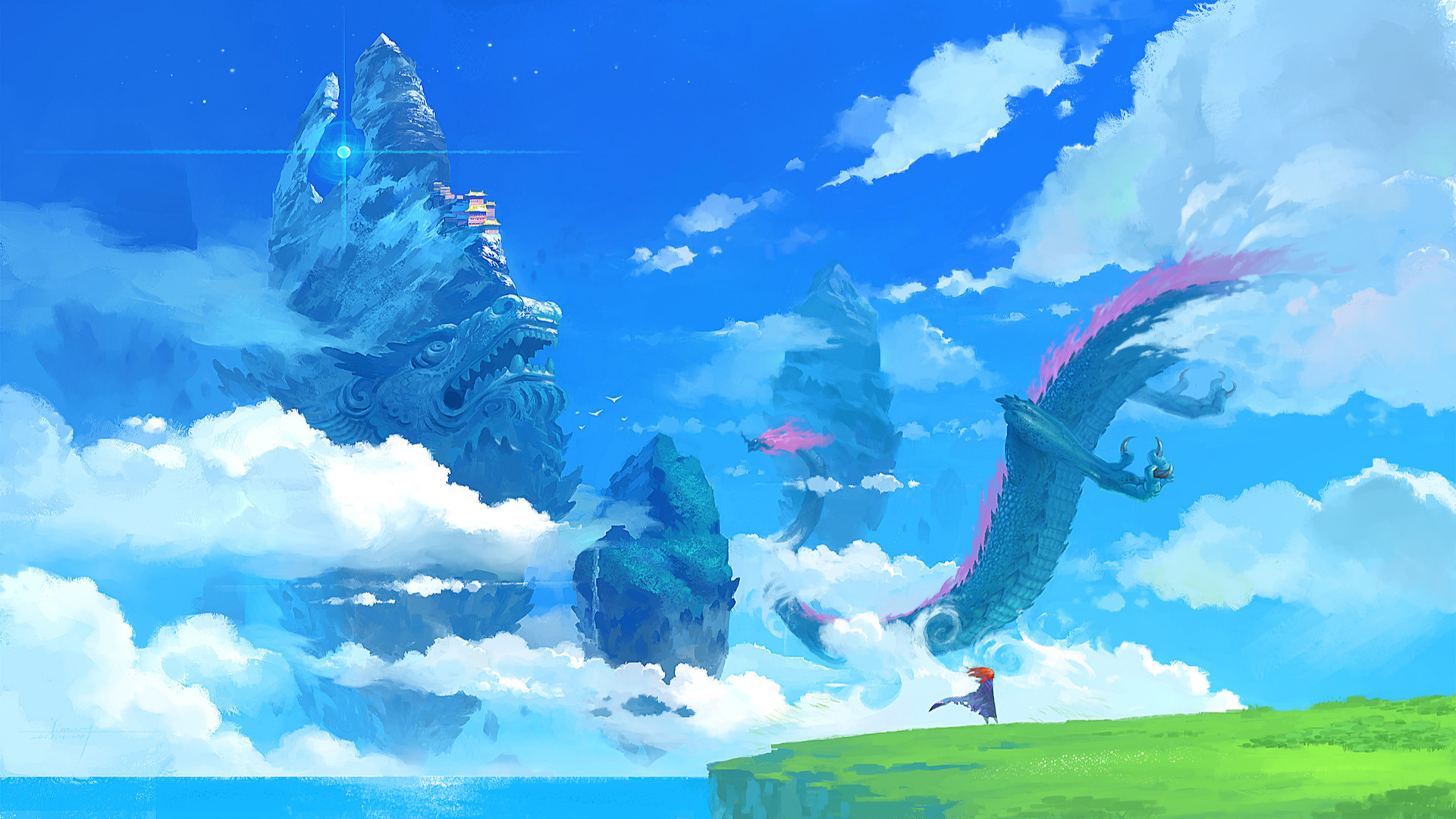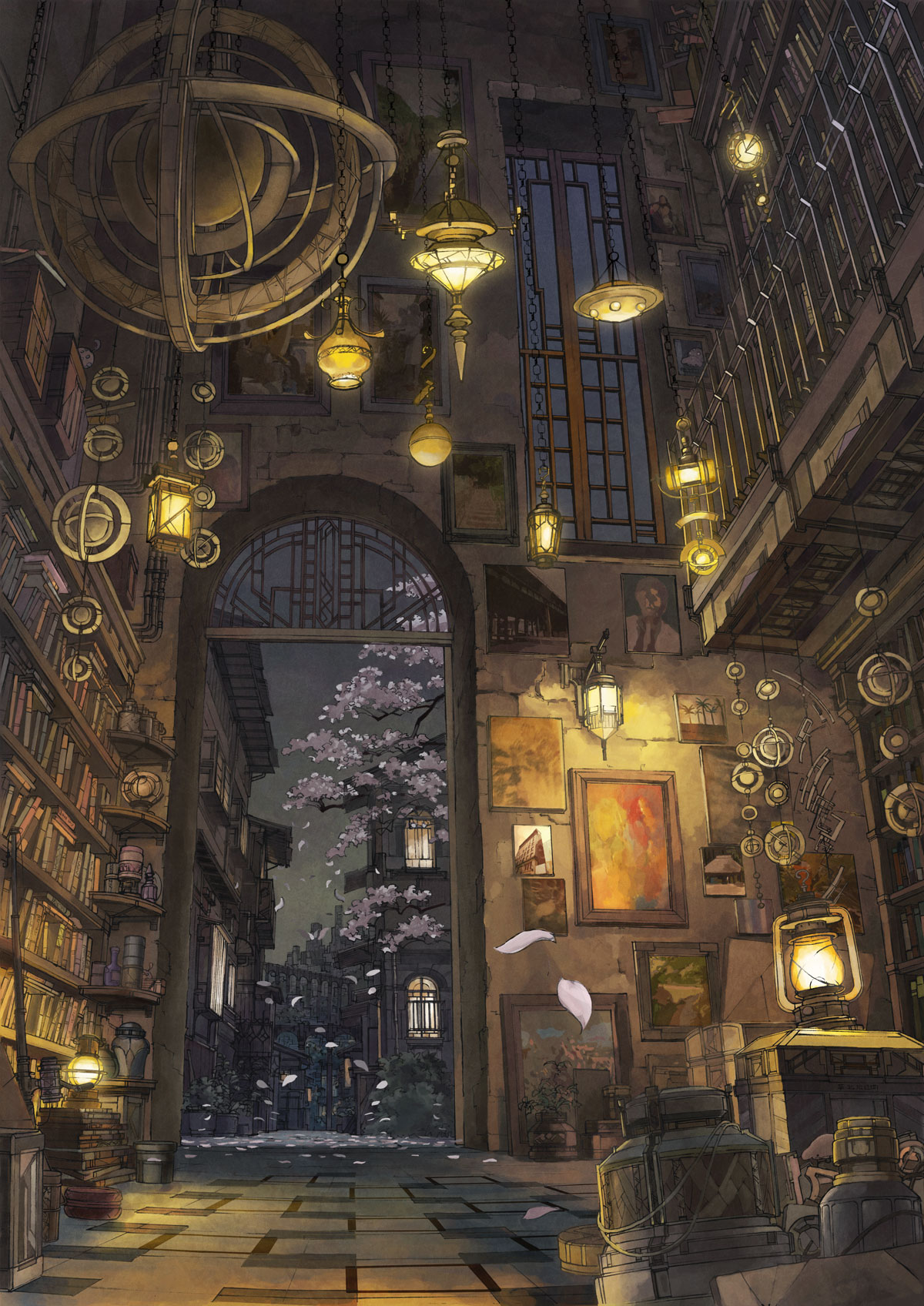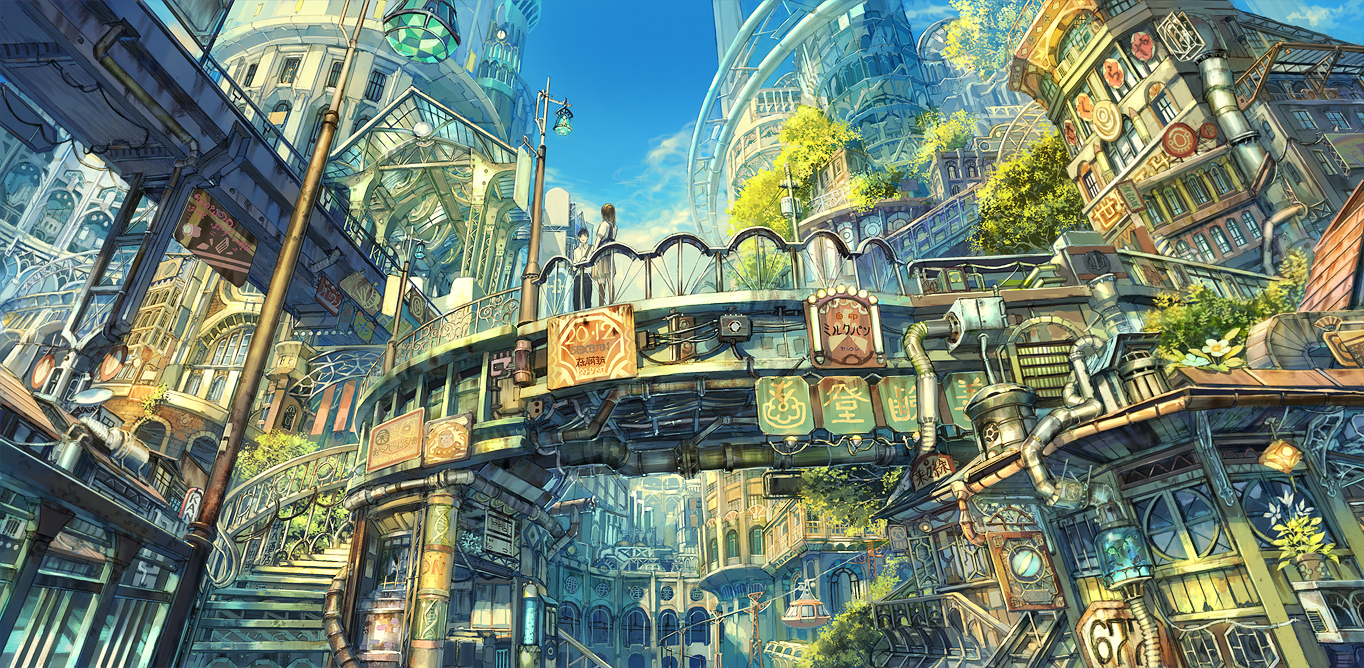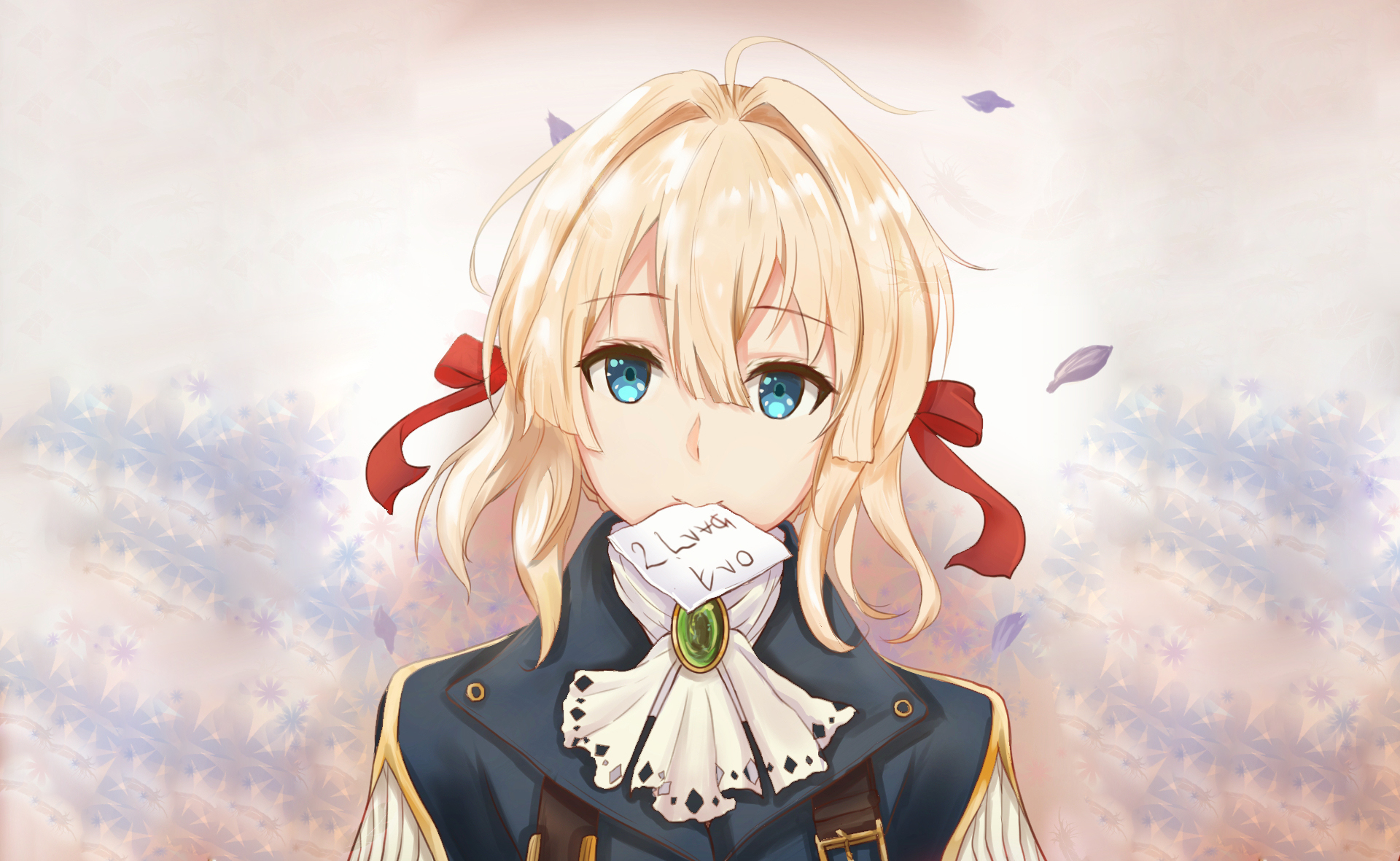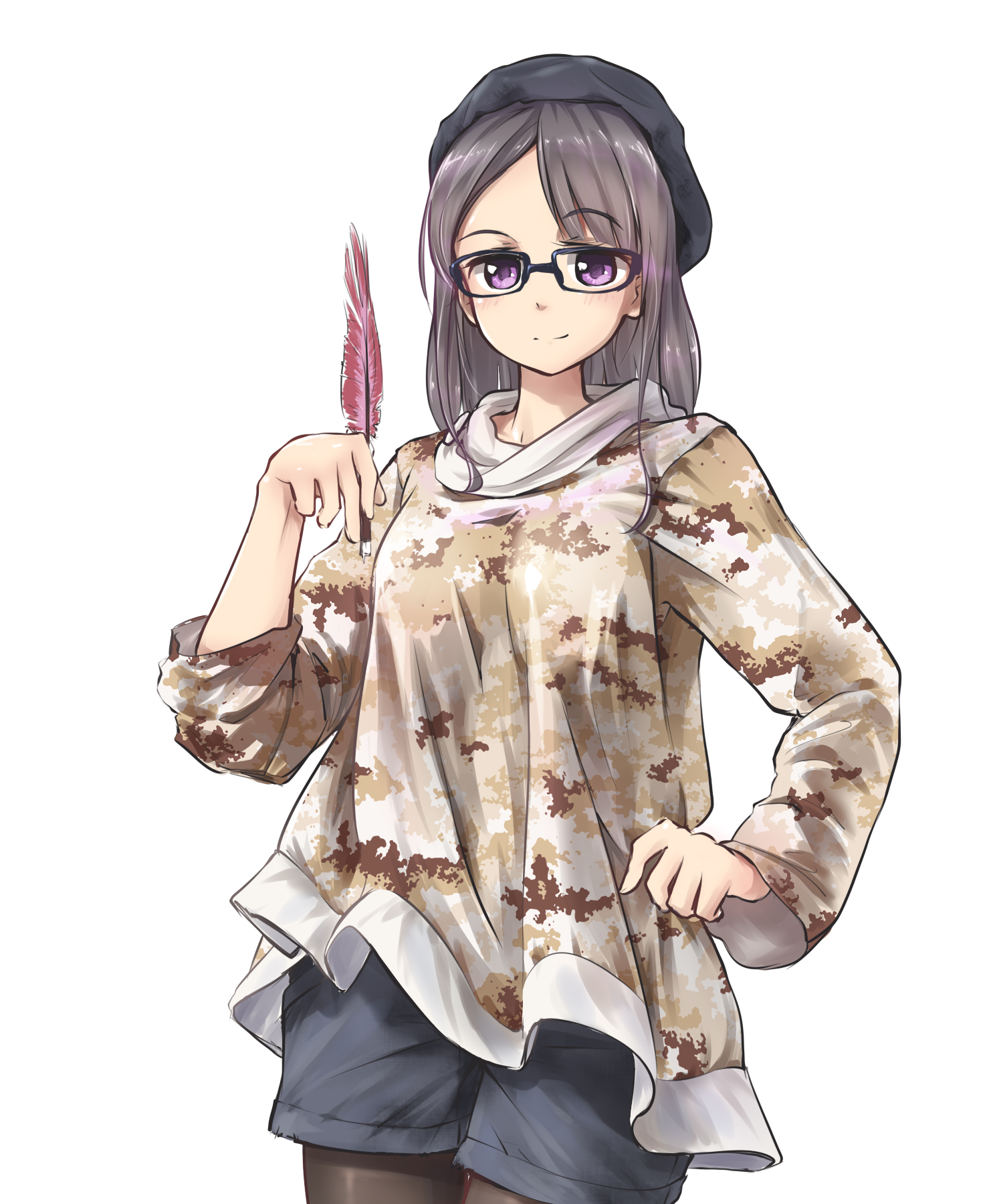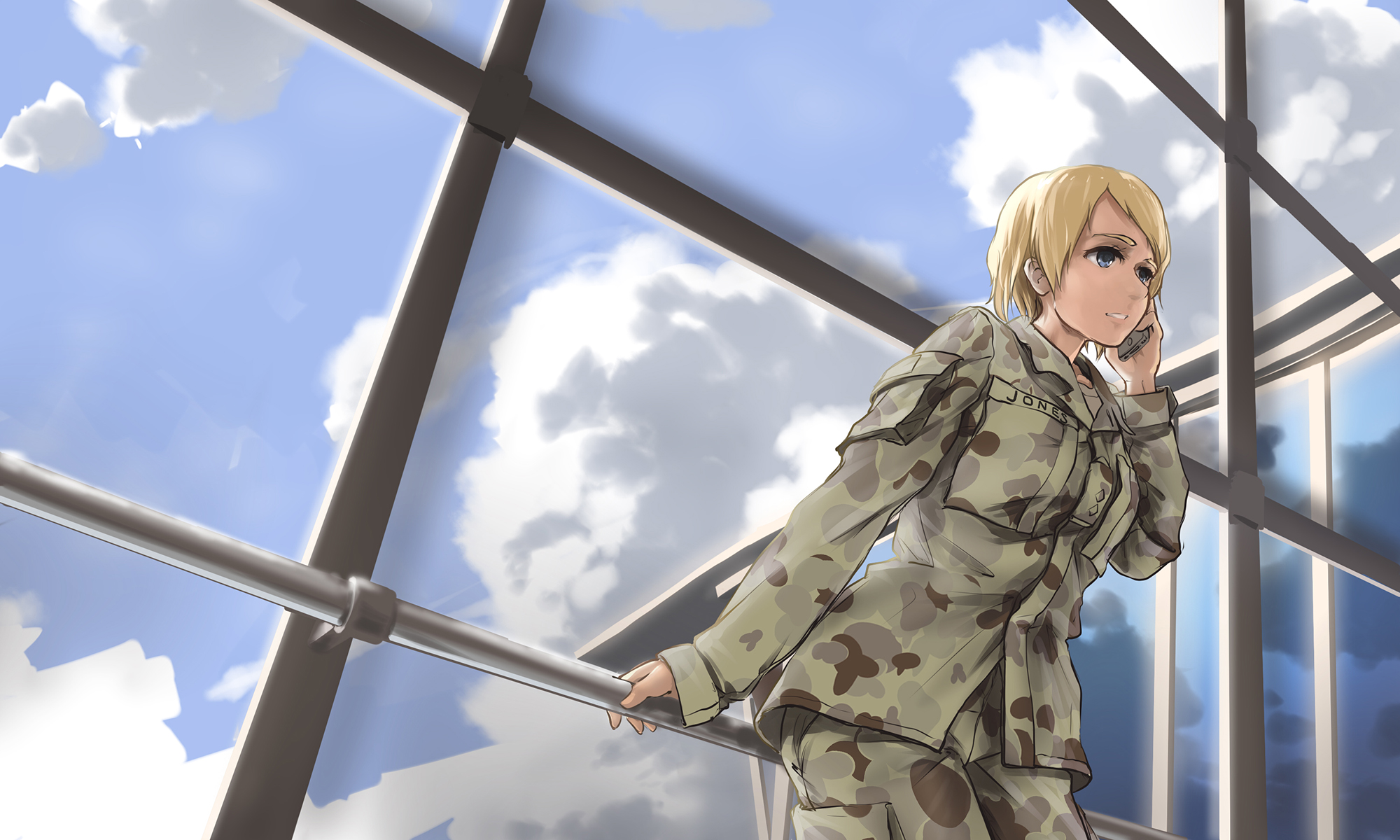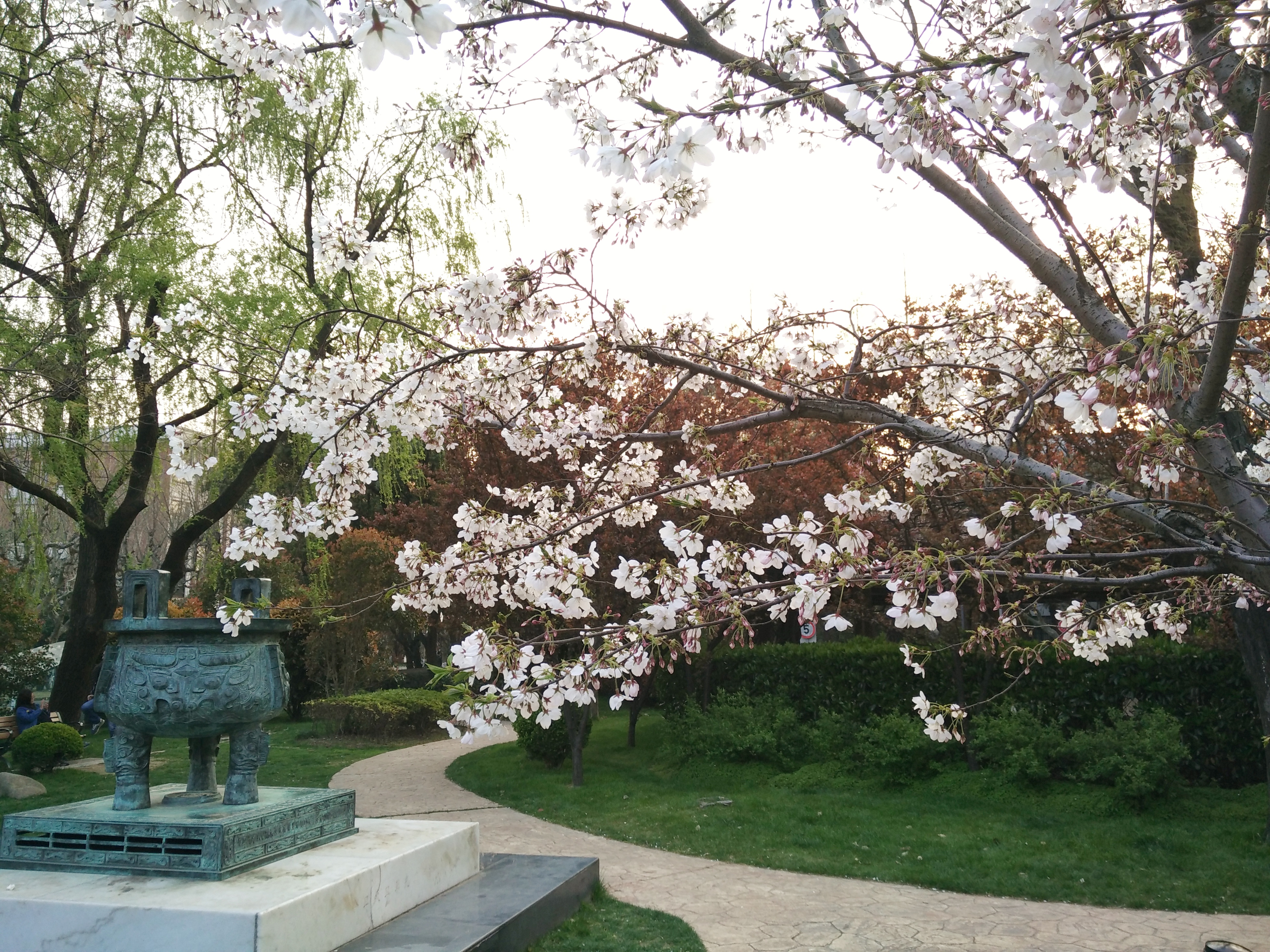1
2
3
4
5
6
7
8
9
10
11
12
13
14
15
16
17
18
19
20
21
22
23
24
25
26
27
28
29
30
31
32
33
34
35
36
37
38
39
40
41
42
43
44
45
46
47
48
49
50
51
52
53
54
55
56
57
58
59
60
61
62
63
64
65
66
67
68
69
70
71
72
73
74
75
76
77
78
79
80
81
82
83
84
85
86
87
88
89
90
91
92
93
94
95
96
97
98
99
100
101
102
103
104
105
106
107
108
109
110
111
112
113
114
115
116
117
118
119
120
121
122
123
124
125
126
127
128
129
130
131
132
133
134
135
136
137
138
139
140
141
142
143
144
145
146
147
148
149
150
151
152
153
154
155
156
157
158
159
160
161
162
163
164
165
166
167
168
169
170
171
172
173
174
175
176
177
178
179
180
181
182
183
184
185
186
187
188
189
190
191
192
193
194
195
196
197
198
199
200
201
202
203
204
205
206
207
208
209
210
211
212
213
214
215
216
217
218
219
220
221
222
223
224
225
226
227
228
229
230
231
232
233
234
235
236
237
238
239
240
241
242
243
244
245
246
247
248
249
250
251
252
253
254
255
256
257
258
259
260
261
262
263
264
265
266
267
268
269
270
271
272
273
274
275
276
277
278
279
280
281
282
283
284
285
286
287
288
289
290
| package org.example;
import org.joml.Matrix4f;
import org.joml.Vector3f;
import org.lwjgl.BufferUtils;
import org.lwjgl.glfw.GLFW;
import org.lwjgl.glfw.GLFWErrorCallback;
import org.lwjgl.opengl.GL;
import java.io.IOException;
import java.nio.FloatBuffer;
import static org.lwjgl.opengl.GL11.glViewport;
import static org.lwjgl.opengl.GL20.*;
import static org.lwjgl.opengl.GL30.*;
import static org.lwjgl.opengl.GL30.glBindVertexArray;
public class Main {
private static final int SCR_WIDTH = 800;
private static final int SCR_HEIGHT = 600;
static final String vertexShaderSource = "vertex.glsl";
static final String fragmentShaderSource = "fragment.glsl";
private static Vector3f cameraPos = new Vector3f(0.0f, 0.0f, 3.0f);
private static Vector3f cameraFront = new Vector3f(0.0f, 0.0f, -3.0f);
private static Vector3f cameraUp = new Vector3f(0.0f, 1.0f, 0.0f);
private static float deltaTime = 0.0f;
private static float lastFrame = 0.0f;
private static float lastX = 400;
private static float lastY = 300;
private static boolean firstMouse = true;
private static float yaw = 0;
private static float pitch = 0;
private static float fov = 45;
private static Camera camera = new Camera(new Vector3f(0,0,3),new Vector3f(0,1,0),0,0);
public static void main(String[] args) throws IOException {
GLFWErrorCallback.createPrint(System.err).set();
if (!GLFW.glfwInit()) {
throw new IllegalStateException("Unable to initialize GLFW");
}
GLFW.glfwDefaultWindowHints();
GLFW.glfwWindowHint(GLFW.GLFW_CONTEXT_VERSION_MAJOR, 3);
GLFW.glfwWindowHint(GLFW.GLFW_CONTEXT_VERSION_MINOR, 3);
GLFW.glfwWindowHint(GLFW.GLFW_OPENGL_PROFILE, GLFW.GLFW_OPENGL_CORE_PROFILE);
long window = GLFW.glfwCreateWindow(SCR_WIDTH, SCR_HEIGHT, "LearnOpenGL", 0, 0);
if(window==0){
System.err.println("Failed to create GLFW window");
GLFW.glfwTerminate();
return;
}
GLFW.glfwMakeContextCurrent(window);
GLFW.glfwSetInputMode(window, GLFW.GLFW_CURSOR, GLFW.GLFW_CURSOR_DISABLED);
GLFW.glfwSetFramebufferSizeCallback(window,(window1, width, height) -> glViewport(0,0,width,height));
GLFW.glfwSetCursorPosCallback(window, Main::mouseCallback);
GLFW.glfwSetScrollCallback(window, Main::scrollCallback);
GL.createCapabilities();
glEnable(GL_DEPTH_TEST);
MyShader shaderProgram = new MyShader(vertexShaderSource,fragmentShaderSource);
float[] vertices = {
-0.5f, -0.5f, -0.5f, 0.0f, 0.0f,
0.5f, -0.5f, -0.5f, 1.0f, 0.0f,
0.5f, 0.5f, -0.5f, 1.0f, 1.0f,
0.5f, 0.5f, -0.5f, 1.0f, 1.0f,
-0.5f, 0.5f, -0.5f, 0.0f, 1.0f,
-0.5f, -0.5f, -0.5f, 0.0f, 0.0f,
-0.5f, -0.5f, 0.5f, 0.0f, 0.0f,
0.5f, -0.5f, 0.5f, 1.0f, 0.0f,
0.5f, 0.5f, 0.5f, 1.0f, 1.0f,
0.5f, 0.5f, 0.5f, 1.0f, 1.0f,
-0.5f, 0.5f, 0.5f, 0.0f, 1.0f,
-0.5f, -0.5f, 0.5f, 0.0f, 0.0f,
-0.5f, 0.5f, 0.5f, 1.0f, 0.0f,
-0.5f, 0.5f, -0.5f, 1.0f, 1.0f,
-0.5f, -0.5f, -0.5f, 0.0f, 1.0f,
-0.5f, -0.5f, -0.5f, 0.0f, 1.0f,
-0.5f, -0.5f, 0.5f, 0.0f, 0.0f,
-0.5f, 0.5f, 0.5f, 1.0f, 0.0f,
0.5f, 0.5f, 0.5f, 1.0f, 0.0f,
0.5f, 0.5f, -0.5f, 1.0f, 1.0f,
0.5f, -0.5f, -0.5f, 0.0f, 1.0f,
0.5f, -0.5f, -0.5f, 0.0f, 1.0f,
0.5f, -0.5f, 0.5f, 0.0f, 0.0f,
0.5f, 0.5f, 0.5f, 1.0f, 0.0f,
-0.5f, -0.5f, -0.5f, 0.0f, 1.0f,
0.5f, -0.5f, -0.5f, 1.0f, 1.0f,
0.5f, -0.5f, 0.5f, 1.0f, 0.0f,
0.5f, -0.5f, 0.5f, 1.0f, 0.0f,
-0.5f, -0.5f, 0.5f, 0.0f, 0.0f,
-0.5f, -0.5f, -0.5f, 0.0f, 1.0f,
-0.5f, 0.5f, -0.5f, 0.0f, 1.0f,
0.5f, 0.5f, -0.5f, 1.0f, 1.0f,
0.5f, 0.5f, 0.5f, 1.0f, 0.0f,
0.5f, 0.5f, 0.5f, 1.0f, 0.0f,
-0.5f, 0.5f, 0.5f, 0.0f, 0.0f,
-0.5f, 0.5f, -0.5f, 0.0f, 1.0f
};
Vector3f[] cubePositions = {
new Vector3f( 0.0f, 0.0f, 0.0f),
new Vector3f( 2.0f, 5.0f, -15.0f),
new Vector3f(-1.5f, -2.2f, -2.5f),
new Vector3f(-3.8f, -2.0f, -12.3f),
new Vector3f( 2.4f, -0.4f, -3.5f),
new Vector3f(-1.7f, 3.0f, -7.5f),
new Vector3f( 1.3f, -2.0f, -2.5f),
new Vector3f( 1.5f, 2.0f, -2.5f),
new Vector3f( 1.5f, 0.2f, -1.5f),
new Vector3f(-1.3f, 1.0f, -1.5f)
};
int VBO = glGenBuffers();
int VAO = glGenVertexArrays();
glBindVertexArray(VAO);
glBindBuffer(GL_ARRAY_BUFFER,VBO);
glBufferData(GL_ARRAY_BUFFER, vertices, GL_STATIC_DRAW);
glVertexAttribPointer(0, 3, GL_FLOAT, false, 5 * Float.BYTES, 0);
glEnableVertexAttribArray(0);
glVertexAttribPointer(1, 2, GL_FLOAT, false, 5 * Float.BYTES, 3*Float.BYTES);
glEnableVertexAttribArray(1);
int texture = glGenTextures();
glBindTexture(GL_TEXTURE_2D, texture);
glTexParameteri(GL_TEXTURE_2D,GL_TEXTURE_WRAP_S,GL_REPEAT);
glTexParameteri(GL_TEXTURE_2D,GL_TEXTURE_WRAP_T,GL_REPEAT);
glTexParameteri(GL_TEXTURE_2D,GL_TEXTURE_MIN_FILTER,GL_LINEAR_MIPMAP_LINEAR);
glTexParameteri(GL_TEXTURE_2D,GL_TEXTURE_MAG_FILTER,GL_LINEAR);
ImageReader.ImageData image1 = ImageReader.ReadImage("src/main/resources/container.jpg");
if (image1!=null){
glTexImage2D(GL_TEXTURE_2D, 0, GL_RGBA, image1.width, image1.height, 0, GL_RGBA, GL_UNSIGNED_BYTE, image1.data);
glGenerateMipmap(GL_TEXTURE_2D);
}else{
System.out.println("Failed to load texture" );
}
int texture2 = glGenTextures();
glBindTexture(GL_TEXTURE_2D, texture2);
glTexParameteri(GL_TEXTURE_2D,GL_TEXTURE_WRAP_S,GL_REPEAT);
glTexParameteri(GL_TEXTURE_2D,GL_TEXTURE_WRAP_T,GL_REPEAT);
glTexParameteri(GL_TEXTURE_2D,GL_TEXTURE_MIN_FILTER,GL_LINEAR_MIPMAP_LINEAR);
glTexParameteri(GL_TEXTURE_2D,GL_TEXTURE_MAG_FILTER,GL_LINEAR);
ImageReader.ImageData image2 = ImageReader.ReadImage("src/main/resources/awesomeface.png");
if (image1!=null){
glTexImage2D(GL_TEXTURE_2D, 0, GL_RGBA, image2.width, image2.height, 0, GL_RGBA, GL_UNSIGNED_BYTE, image2.data);
glGenerateMipmap(GL_TEXTURE_2D);
}else{
System.out.println("Failed to load texture" );
}
shaderProgram.use();
glUniform1i(glGetUniformLocation(shaderProgram.ID, "texture1"), 0);
shaderProgram.setInt("texture2", 1);
while(!GLFW.glfwWindowShouldClose(window)){
processInput(window);
float currentFrame = (float) GLFW.glfwGetTime();
deltaTime = currentFrame - lastFrame;
lastFrame = currentFrame;
glClearColor(0.2f,0.2f,0.2f,1.0f);
glClear(GL_COLOR_BUFFER_BIT | GL_DEPTH_BUFFER_BIT);
glActiveTexture(GL_TEXTURE0);
glBindTexture(GL_TEXTURE_2D, texture);
glActiveTexture(GL_TEXTURE1);
glBindTexture(GL_TEXTURE_2D, texture2);
shaderProgram.use();
Matrix4f projection = new Matrix4f().perspective((float) Math.toRadians(camera.zoom),SCR_WIDTH/SCR_HEIGHT,0.1f,100f);
Matrix4f view = camera.getViewMatrix();
shaderProgram.setMat4("view", view);
shaderProgram.setMat4("projection", projection);
glBindVertexArray(VAO);
for(int i = 0; i < 10; i++)
{
float angle = 20.0f * i;
Matrix4f model = new Matrix4f().translate(cubePositions[i]).rotate(angle * 2f * 3.14f/360f ,0.5f,1f,0f);
shaderProgram.setMat4("model", model);
glDrawArrays(GL_TRIANGLES, 0 , 36);
}
GLFW.glfwSwapBuffers(window);
GLFW.glfwPollEvents();
}
glDeleteVertexArrays(VAO);
glDeleteBuffers(VBO);
glDeleteProgram(shaderProgram.ID);
GLFW.glfwTerminate();
}
public static void processInput(long window){
if (GLFW.glfwGetKey(window, GLFW.GLFW_KEY_ESCAPE) == GLFW.GLFW_PRESS) {
GLFW.glfwSetWindowShouldClose(window, true);
}
float cameraSpeed = 2.5f * deltaTime;
if (GLFW.glfwGetKey(window, GLFW.GLFW_KEY_W) == GLFW.GLFW_PRESS)
camera.processKeyboard(CameraMovement.FORWARD, deltaTime);
if (GLFW.glfwGetKey(window, GLFW.GLFW_KEY_S) == GLFW.GLFW_PRESS)
camera.processKeyboard(CameraMovement.BACKWARD, deltaTime);
if (GLFW.glfwGetKey(window, GLFW.GLFW_KEY_A) == GLFW.GLFW_PRESS)
camera.processKeyboard(CameraMovement.LEFT, deltaTime);
if (GLFW.glfwGetKey(window, GLFW.GLFW_KEY_D) == GLFW.GLFW_PRESS)
camera.processKeyboard(CameraMovement.RIGHT, deltaTime);
}
public static void mouseCallback(long window,double xpos,double ypos){
if(firstMouse)
{
lastX = (float) xpos;
lastY = (float) ypos;
firstMouse = false;
}
float xoffset = (float) (xpos - lastX);
float yoffset = (float) (lastY - ypos);
lastX = (float) xpos;
lastY = (float) ypos;
camera.processMouseMovement(xoffset,yoffset,true);
}
public static void scrollCallback(long window, double xoffset, double yoffset)
{
camera.processMouseScroll((float) yoffset);
}
}
|

